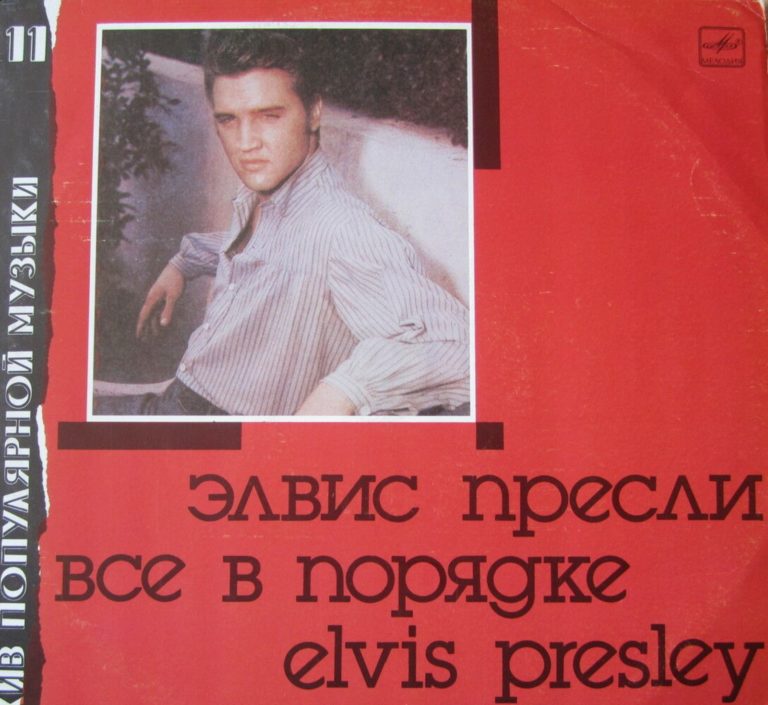How rock & roll killed communism

Behind the Iron Curtain, Western-loving youths embraced American pop culture and fashion with feverish enthusiasm. Lacking ready access to these goods on the open market, they improvised by painting flashy colors over their state-issued ties, listening to black-market music, such as jazz and later rock, and using heat rollers to style their hair like their favorite American idols.
Communist leaders sought to root out the corruptions of “American primitivism” and “capitalist cultural imperialism” by targeting these rebellious youths with abuse and arrest, hoping to check the spread of “amoral” American pop culture. But they couldn’t cut off America’s most valuable export: its ideals. This is how self-expression, individuality, and, yes, rock & roll killed communism.
1946
After Stalin’s chief aide, Andrei Zhdanov, warns that jazz would “poison the consciousness of the masses,” the Communist Party cracks down on jazz performances, outlawing saxophones and “the playing of drums with too much rhythm.” Many jazz musicians, now enemies of the state, are arrested and sent to Siberian prisons or exiled to remote cities for “rehabilitation.”
1950
The crackdown extends to East Germany, where jazz ensembles are disbanded, jazz is barred from radio, and jazz recordings are seized at the border. East German leaders encourage “civilized” dancing with no “excessive movement” of the hips, arms, or legs.
1953
When thousands of young East Germans travel across the nation to join two days of anticommunist demonstrations, Soviet tanks arrive to crush the stone-throwing protesters. The East German prime minister alleges that the “Western provocateurs with the colorful plaid striped socks, with the cowboy pants [jeans], and Texas shirts wanted to cause a large-scale political provocation.”
1954
With American clothing styles, jazz music, and dancing gaining ground with younger East Germans, the communist leaders soften their opposition. But relaxing prohibitions against American popular culture only emboldens the rebellious youths. As the new sounds of rock & roll spread, young protestors nationwide take to the streets demanding further freedoms.
1957
Years of fighting a losing battle for the soul of East Germany’s young people has leaders despairing for communism’s future. The head of the Commission for Culture urges loyal communists to “save the cultural and social life of the…nation from this destruction.” In a futile effort to preserve national culture, officials promote approved East German musicians and socialist dance steps, which are roundly rejected by discriminating youths.
1959
Official reports detail alarming increases in juvenile delinquency, protest activity, youth crime, and other forms of instigation against the East German regime. Authorities credit these unwelcome trends to the baleful influence of the United States and West Germany, who are believed to be deploying rock music, comic books, and Western fashion as a “means of seduction” to corrupt young East Germans.
1960s
The widespread availability of reel-to-reel tape recorders fosters a large and growing underground distribution network for rock and rhythm and blues music (and, in the decades to follow, disco and hip hop). One newspaper warns, “The epidemic of bawdy and vulgar songs copied from tape recorders is spreading faster than a flu virus.”
1961
The construction of the Berlin Wall as a hard barrier between East and West Germany is intended not only to keep East Germans in—but also to keep out dreaded Western cultural products, in what one official describes as an “antifascist protection dam.”
1970s
As simmering hatred against the oppressive communist regimes grows, so does the demand for American music. When authorities attempt to shut down rock concerts behind the Iron Curtain, attendees riot. Meanwhile, the soulful grooves of disco music are the newest threat to communist rule. In Latvia, one newspaper derides disco clubs as “incubators of violence.”
1980s
Limping into its last decade, the Soviet regime essentially surrenders in the battle against popular music. One historian dubbed rock music “the soundtrack to glasnost” as restrictions on the performance and playback of rock and pop music are relaxed. The 1989 fall of the Berlin Wall is heralded around the world—not least by East German music fans, who flood West German record stores to get their hands on recordings by their favorite artists.
Rejecting the promise of utopia
The Cold War could be thought of as a “war of ideals,” a decades-long confrontation between the political, economic, and social systems of capitalism and international socialism. These battles were fought through public debate, academic articles, and polling stations—but also in the simple everyday decisions taken by citizens around the world.
In this confrontation, even people who had been raised from birth under communism made their preferences clear through their behavior, embracing both Western consumer products and ideals. Given the choice between living in captivity with the promise of a utopia or living in freedom under imperfect capitalism, people have chosen freedom every time. In any war of ideals, the best ones win out.
This article originally appeared in the Socialism and Capitalism issue of PLF’s quarterly magazine Sword&Scales.





